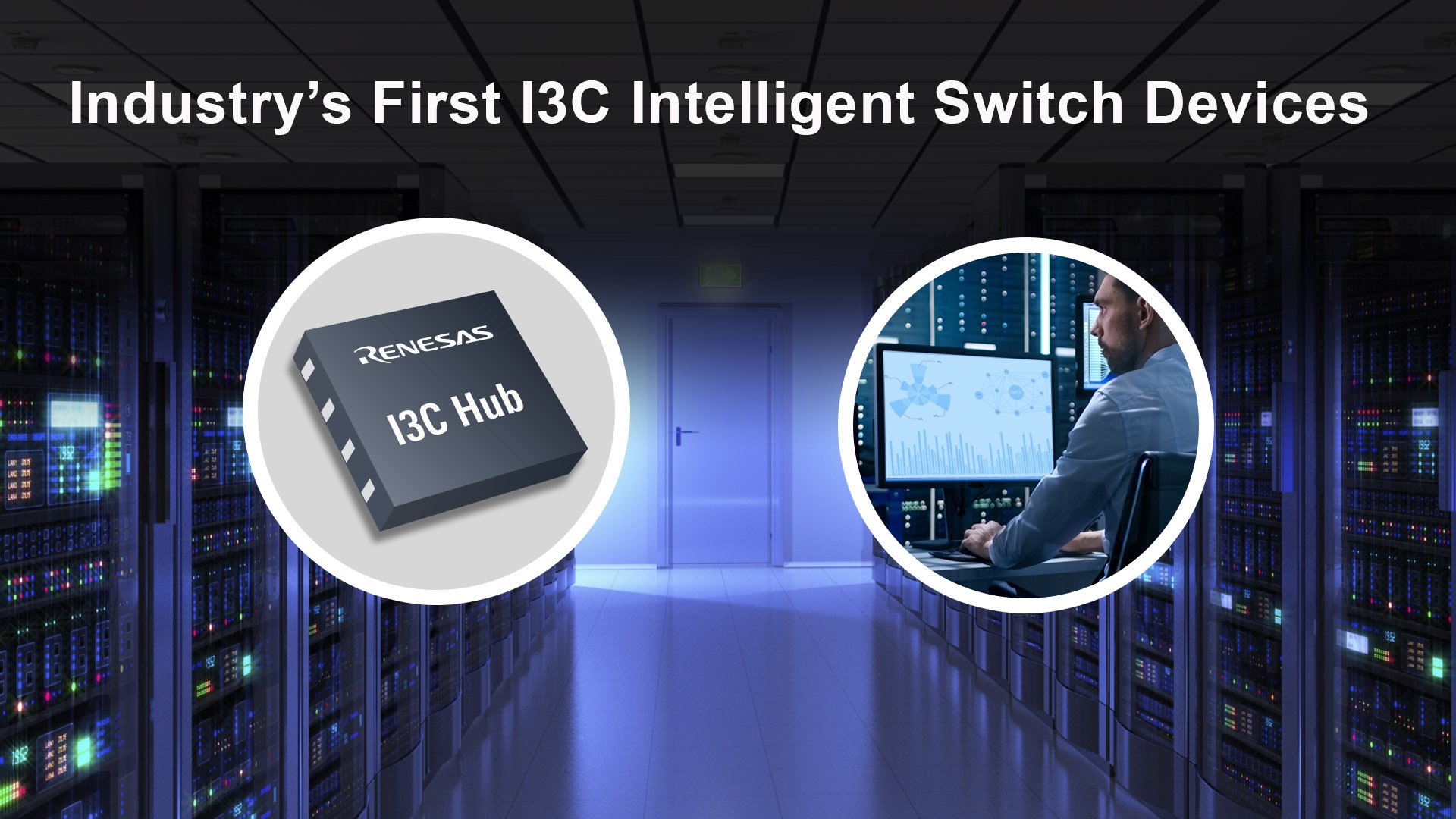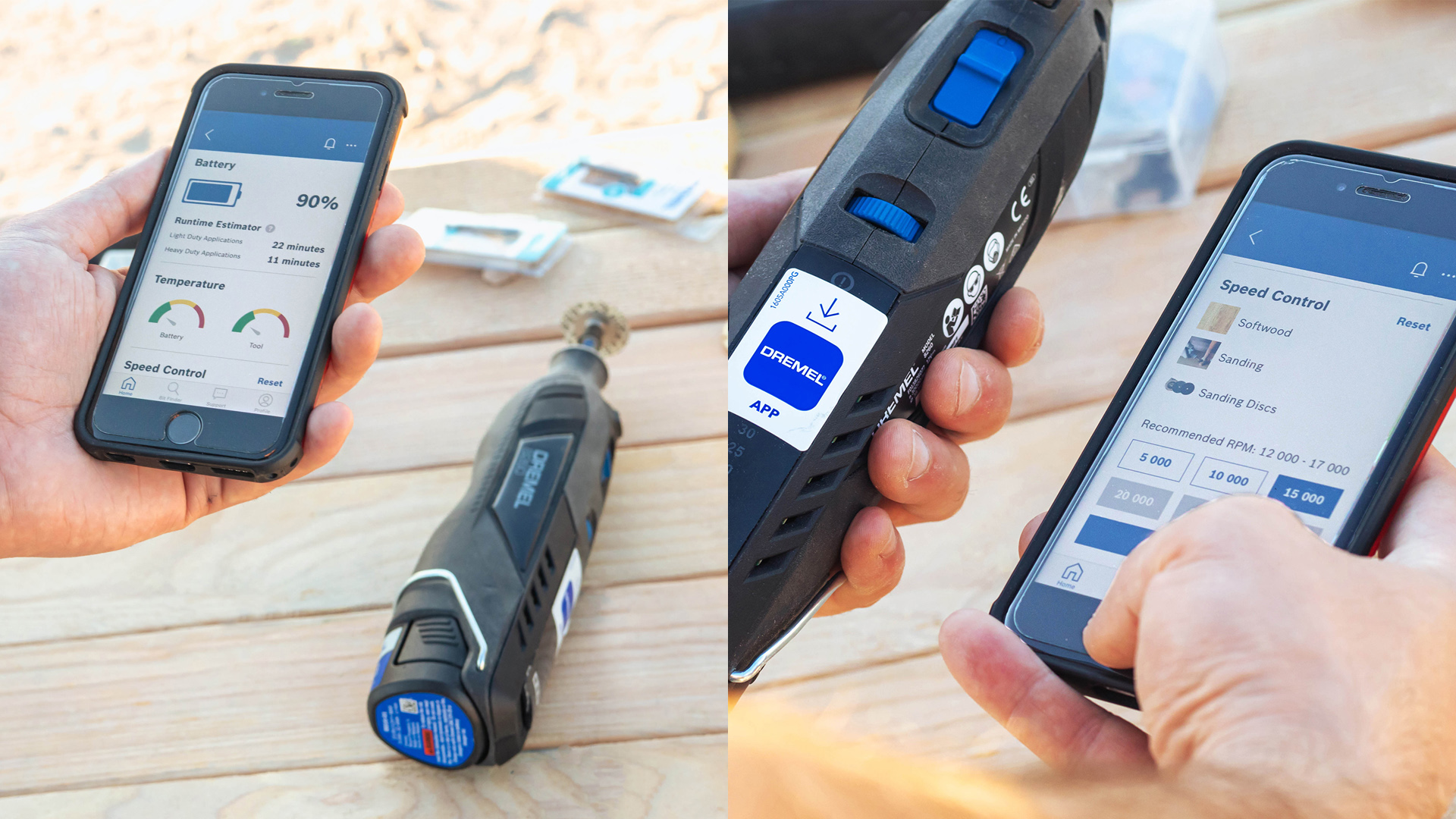IoT (Internet of Things) has transformed the way businesses and individuals interact with connected devices. Device management remote IoT management platforms play a pivotal role in ensuring efficient, secure, and scalable operations for IoT ecosystems. As industries embrace IoT technology, understanding how these platforms work and the examples available is crucial for success.
In today's hyper-connected world, IoT devices are everywhere, from smart homes to industrial automation systems. However, managing these devices remotely can be a complex challenge. This is where IoT device management platforms come into play, offering comprehensive solutions to streamline operations and enhance productivity. These platforms provide tools for monitoring, configuring, and maintaining devices across various industries.
This article will delve into the concept of remote IoT device management, explore the top platforms in the market, and provide actionable insights for businesses looking to implement IoT solutions. By the end of this guide, you'll have a clear understanding of how these platforms work and the benefits they offer.
Read also:Is Emma Culligan Married
Table of Contents
- Introduction to Device Management Remote IoT Platforms
- The Importance of Remote IoT Management
- Key Features of IoT Management Platforms
- Examples of IoT Device Management Platforms
- Comparison of Top IoT Platforms
- Security in IoT Device Management
- Scalability of IoT Management Solutions
- Integration with Existing Systems
- Industry Applications of IoT Platforms
- The Future of IoT Device Management
- Conclusion and Call to Action
Introduction to Device Management Remote IoT Platforms
Device management remote IoT platforms are designed to enable businesses to monitor, control, and manage IoT devices from a centralized location. These platforms offer a range of functionalities, including firmware updates, device monitoring, and diagnostics. By leveraging these tools, organizations can ensure that their IoT ecosystems remain secure, efficient, and up-to-date.
What is IoT Device Management?
IoT device management refers to the process of overseeing and maintaining connected devices within an IoT network. This includes tasks such as provisioning, monitoring, and troubleshooting devices. Effective device management ensures that IoT systems function optimally and securely, reducing downtime and enhancing performance.
Why Remote Management Matters
Remote management is essential for IoT systems, especially as the number of connected devices continues to grow exponentially. It allows administrators to perform critical tasks without being physically present at the device's location. This not only saves time and resources but also improves the overall efficiency of IoT operations.
The Importance of Remote IoT Management
Remote IoT management is vital for maintaining the health and security of IoT ecosystems. As IoT devices are deployed across various locations, having a centralized platform to manage them becomes indispensable. Below are some key reasons why remote management is crucial:
Read also:Igu In Slang
- Centralized Control: A single platform for managing all devices reduces complexity and enhances oversight.
- Cost Efficiency: Reduces the need for on-site visits, lowering operational costs.
- Improved Security: Enables real-time monitoring and rapid response to security threats.
- Scalability: Supports the addition of new devices without compromising performance.
Key Features of IoT Management Platforms
IoT management platforms come equipped with a variety of features designed to meet the diverse needs of businesses. These features ensure that devices are managed effectively and securely. Below are some of the most important features:
- Device Provisioning: Simplifies the process of adding new devices to the network.
- Over-the-Air Updates: Allows firmware and software updates to be deployed remotely.
- Monitoring and Diagnostics: Provides real-time insights into device performance and health.
- Security Protocols: Implements robust encryption and authentication mechanisms.
- Analytics and Reporting: Offers data-driven insights to optimize device usage.
Examples of IoT Device Management Platforms
There are numerous IoT device management platforms available, each offering unique features and capabilities. Below are some of the most popular examples:
1. AWS IoT Device Management
AWS IoT Device Management is a cloud-based platform that enables businesses to manage large fleets of IoT devices. It offers features such as device provisioning, over-the-air updates, and secure communication. AWS IoT integrates seamlessly with other AWS services, making it a powerful choice for enterprises.
2. Microsoft Azure IoT Hub
Azure IoT Hub is a comprehensive platform for managing IoT devices. It supports device-to-cloud and cloud-to-device messaging, device management, and monitoring. Azure IoT Hub is highly scalable and offers robust security features, making it ideal for large-scale deployments.
3. Google Cloud IoT Core
Google Cloud IoT Core provides a secure and scalable solution for managing IoT devices. It supports MQTT and HTTP protocols for device communication and integrates with Google Cloud's analytics tools. This platform is particularly useful for organizations leveraging Google's cloud infrastructure.
Comparison of Top IoT Platforms
When choosing an IoT device management platform, it's essential to compare the features and capabilities of each option. Below is a comparison of the top platforms:
| Platform | Key Features | Scalability | Security |
|---|---|---|---|
| AWS IoT Device Management | Device provisioning, over-the-air updates, monitoring | Highly scalable | End-to-end encryption |
| Microsoft Azure IoT Hub | Device-to-cloud messaging, device management | Highly scalable | Advanced security protocols |
| Google Cloud IoT Core | Secure communication, analytics integration | Highly scalable | Robust security features |
Security in IoT Device Management
Security is a critical consideration when managing IoT devices remotely. IoT ecosystems are vulnerable to cyber threats, making it essential to implement robust security measures. Below are some best practices for securing IoT devices:
- Device Authentication: Ensure that only authorized devices can connect to the network.
- Data Encryption: Protect data in transit and at rest using strong encryption algorithms.
- Regular Updates: Keep firmware and software up-to-date to address vulnerabilities.
- Network Segmentation: Isolate IoT devices from other network components to minimize risk.
Scalability of IoT Management Solutions
As IoT ecosystems grow, scalability becomes a key concern. IoT management platforms must be able to handle increasing numbers of devices without compromising performance. Below are some strategies for ensuring scalability:
- Cloud-Based Infrastructure: Leverage cloud services to support large-scale deployments.
- Modular Architecture: Design systems that can be easily expanded as needed.
- Load Balancing: Distribute workloads across multiple servers to optimize performance.
Integration with Existing Systems
For many organizations, integrating IoT management platforms with existing systems is a critical requirement. This ensures seamless operation and maximizes the value of IoT investments. Below are some considerations for integration:
- API Support: Choose platforms that offer robust APIs for integration with other systems.
- Compatibility: Ensure that the platform is compatible with existing hardware and software.
- Interoperability: Select platforms that support industry standards for communication and data exchange.
Industry Applications of IoT Platforms
IoT device management platforms are used across a wide range of industries. Below are some examples of how these platforms are applied in different sectors:
1. Manufacturing
In manufacturing, IoT platforms are used to monitor equipment performance, predict maintenance needs, and optimize production processes.
2. Healthcare
In healthcare, IoT platforms enable remote patient monitoring, real-time data collection, and improved patient care.
3. Smart Cities
IoT platforms support smart city initiatives by managing infrastructure such as traffic lights, streetlights, and waste management systems.
The Future of IoT Device Management
The future of IoT device management is bright, with advancements in technology driving innovation. Below are some trends to watch:
- Artificial Intelligence: AI will play a larger role in automating device management tasks.
- Edge Computing: Processing data closer to the source will improve performance and reduce latency.
- 5G Connectivity: The rollout of 5G networks will enhance the capabilities of IoT ecosystems.
Conclusion and Call to Action
In conclusion, device management remote IoT platforms are essential for managing and securing IoT ecosystems. By understanding the features, capabilities, and applications of these platforms, businesses can make informed decisions about their IoT strategies. We encourage you to explore the examples provided and consider how they can benefit your organization.
We invite you to share your thoughts and experiences in the comments section below. Additionally, feel free to explore other articles on our site for more insights into IoT and related technologies. Together, let's build a smarter, more connected future!
Data sources: AWS IoT Device Management, Microsoft Azure IoT Hub, Google Cloud IoT Core.


